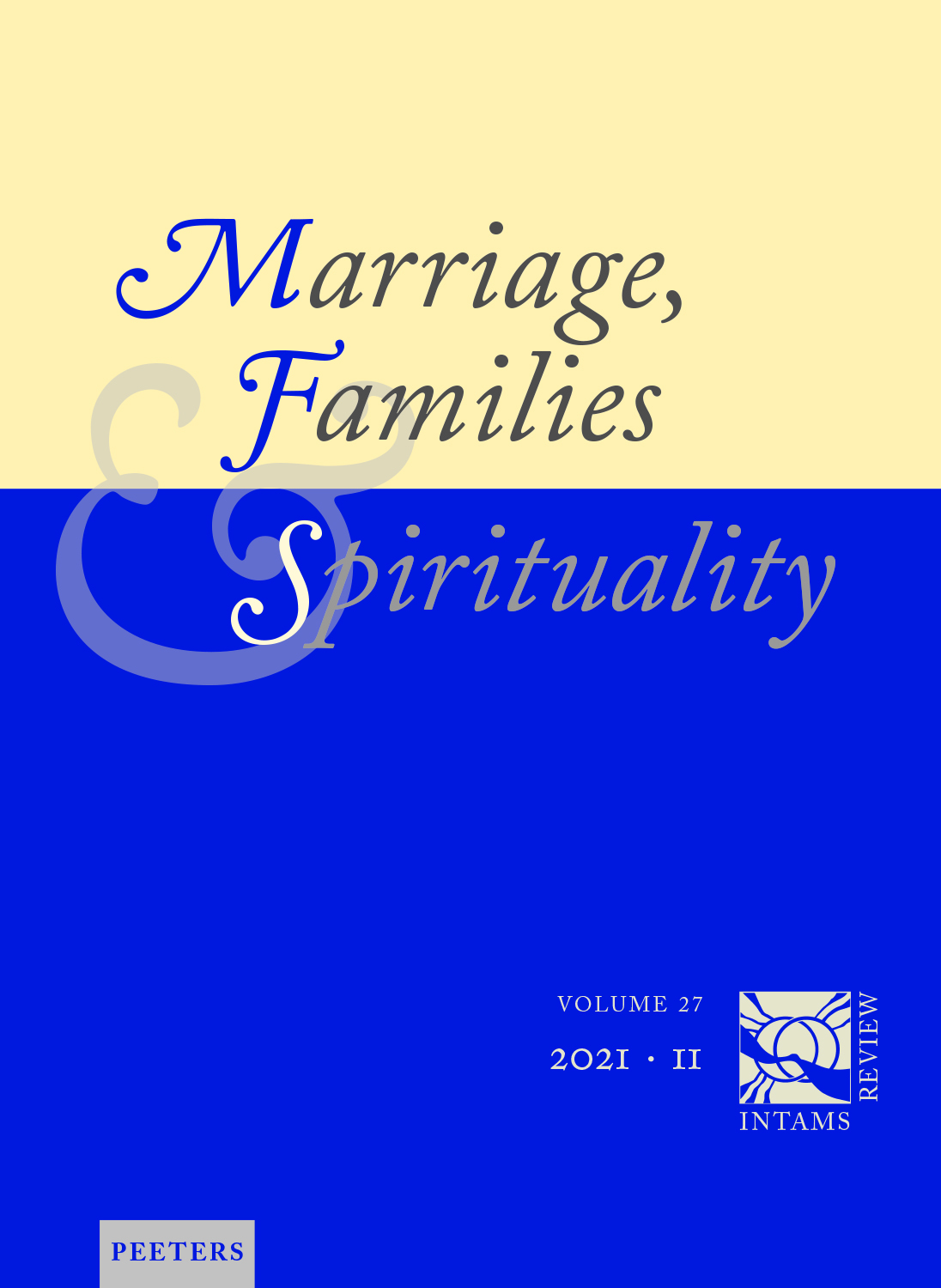 previous article in this issue previous article in this issue | next article in this issue  |

Preview first page |
Document Details : Title: Bewegung in der Ämterfrage Subtitle: Die Errichtung des 'laikalen Dienstes des Katecheten' Author(s): HÖRING, Patrik C. Journal: Marriage, Families & Spirituality Volume: 27 Issue: 2 Date: 2021 Pages: 161-174 DOI: 10.2143/INT.27.2.3289972 Abstract : The instituting of a new 'lay ministry' (of Catechist) and the opening of lector and acolyte to women gives food for thought. How are these decisions of Pope Francis to be understood against the background of his other quietly reforming steps? Are they genuine signs of a reform, or are they mere conciliatory gestures designed to keep at bay the ever-recurring question, voiced especially these days in Germany, about who can be admitted to the ordained ministry? The article shows that Pope Francis’s Antiquum ministerium establishes a new, professional role in the Church, distinguishing catechists, who dedicate themselves to the task for the long term, from occasional volunteers. This suggests that the new ministry is more akin to the professional lay pastoral associates currently serving the church and provides a way for them to be officially recognized in the ministerial structure, something that has been lacking. The article then turns to the questions raised by this step. Such a significant change raises the question of the nature of lay ministry in general. Antiquum ministerium is careful to stress that the new ministry is a lay ministry and should not be clericalized. However, just what this means in actuality is not clear. The catechist is not a function of the lay apostolate, which is engaged in bringing the Gospel to the world. Rather, the catechist is instituted into a participation in the bishop’s ministry. Should this not be conferred with some kind of sacramental rite? The article concludes that this step can be seen as forward looking, toward the opening up of sacramental ministry, or a closure of ordained ministry to any further development. It has tremendous potential for the good of the church, but only if it is not seen merely as a stopgap for the current priest shortage. |
|


